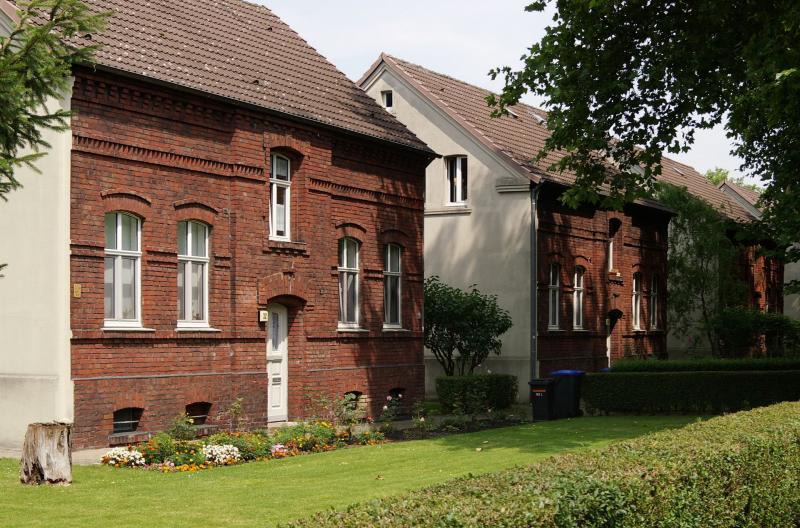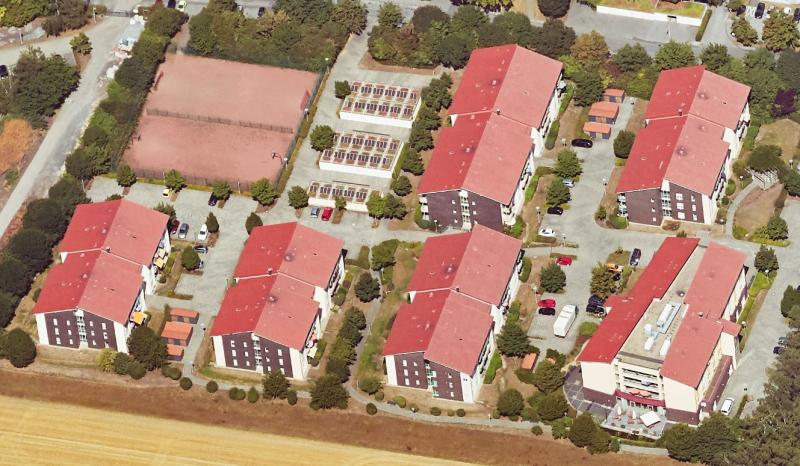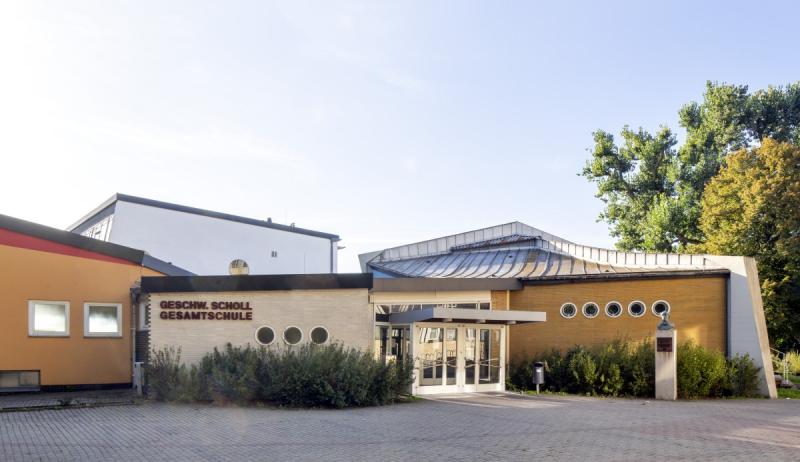Altenderner Str., 44329 Dortmund
Icon legend
![]() This icon indicates an awarded building
This icon indicates an awarded building
![]() This icon indicates a listed building
This icon indicates a listed building
![]() Projects with this logo are on the UNESCO World Cultural Heritage list
Projects with this logo are on the UNESCO World Cultural Heritage list
![]() Project has been converted, renovated or extended
Project has been converted, renovated or extended
x close
![]()
1873
- keine Angabe -
Advanced search with more criteria
Total projects: 483

44532 Lünen
Distance: 2.86 km

44532 Lünen
Distance: 4.13 km

44532 Lünen
Distance: 4.78 km
The residents of the Dortmund district of Derne lived in the shadow of the Gneisenau pit, power station and coke oven plant for more than 100 years. The pit originated with Bohrgesellschaft Union, founded in Neuss in 1855.
"Gewerkschaft Gneisenau" sunk the first shaft in 1873. Due to the huge water inrush, it took ten years, until 1886, to start extraction, when the company also had a second shaft sunk. After Harpener Bergbau AG had acquired the pit in 1891, Gneisenau became one of the largest combined pits in the Ruhr area.
After the plant was shut down – the pit in 1985, the coke oven plant in 1989 and the power station in 1990 – and most surface facilities were demolished, the two listed pit frames of shafts II and IV still remind us of Derne’s mining history.
The now restored pit frame of shaft II ((1885/1886) is a Tomson-Bock, a special variant o the English trestle frame named after Eugen Tomson, Harpener Bergbau-AG’s plant manager (Werksdirektor) on Zeche Gneisenau from 1882 to 1900. It is the only extant Tomson-Bock in the Ruhr area and probably the oldest pit frame in Westphalia. The 52m tall double trestle frame over shaft IV (1933/34) is a Derne landmark. It still features not only the two machine sheds but also the old twin steam engines.
Author: Route Industriekultur/ Editorial baukunst-nrw
Text last changed on 25.09.2007
Categories:
Engineering » Energy